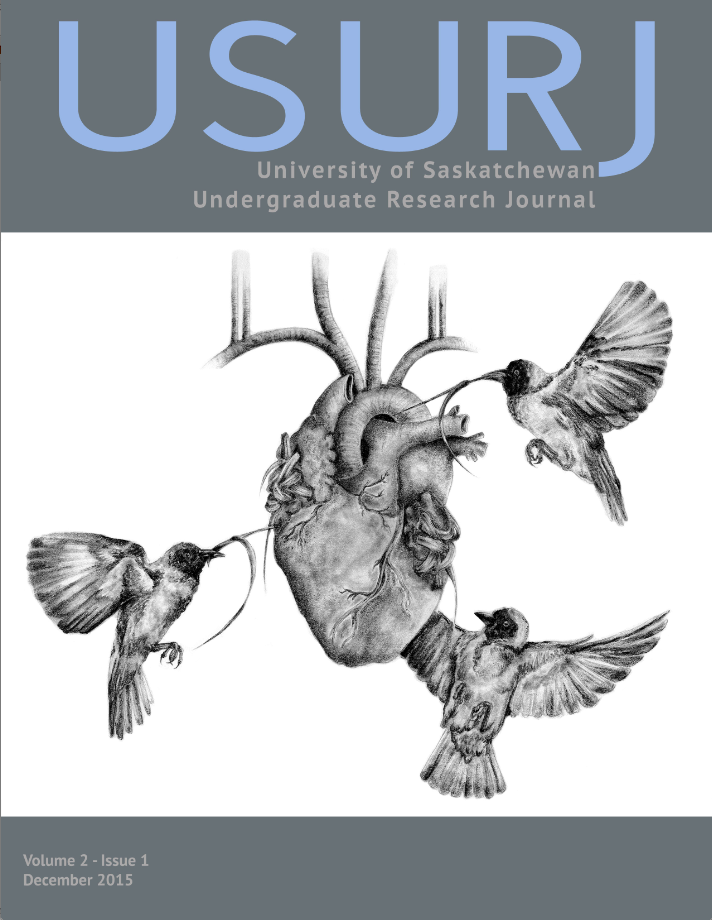Visualizing relationships in interdisciplinary research with Geographic Information Systems: A case study utilizing food security research in Sahelian West Africa
Main Article Content
Abstract
Achieving food security in the semi-arid region of West Africa remains challenging, primarily due to a combination of harsh climate and low soil fertility. The University of Saskatchewan, in partnership with many international organizations, has been researching solutions to increase the profitability of smallholder farmers in the region. This joint partnership aims at improving soil fertility for smallholder farming in Benin, Burkina Faso, Mali, and Niger. Data have been collected in eight different research sites, and include rainwater harvesting, crop yields, and soil samples. The data have a timeframe ranging from one year to many years. Prior to the University of Saskatchewan’s commitment to the project, research data had only been utilized on a local scale, with relatively low success in sharing results and findings across national borders.With this project, collaboration occurred among multiple researchers from different countries and disciplines. A new technique used for collaboration was an interactive Geographic Information Systems (GIS) database. GIS has proven to be a powerful tool and platform for analysing and disseminating research data. This geospatial analysis laid the foundation for further research, resulting in a robust examination of soil and socioeconomic data from overseas.
Downloads
Article Details
Section
Articles: USURJ’s current Publication Agreements apply a Creative Commons Attribution-NonCommercial License (CC-BY-NC) by default. The CC BY-NC license lets others remix, tweak, and build upon work non-commercially. The author(s) can choose a different CC license, as outlined in https://creativecommons.org/about/cclicenses/. Please see the PDF for each article to determine what license is applied to that article. Author(s) can also request to reserve all copyright (All Rights Reserved). If there is no indication for articles published before September 2020, assume the author retains all rights beyond those necessary for publication by USURJ. All articles published after September 2020 will apply one of the aforementioned CC licenses. See the Publication Agreement under the Submission Preparation Checklist or Author Guidelines for more information. Artwork: All copyright for the original artwork remains with the artist unless they wish to apply a Creative Commons (CC) license to the artwork. Please see the PDF for each artwork to determine what license is applied to that artwork.
